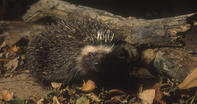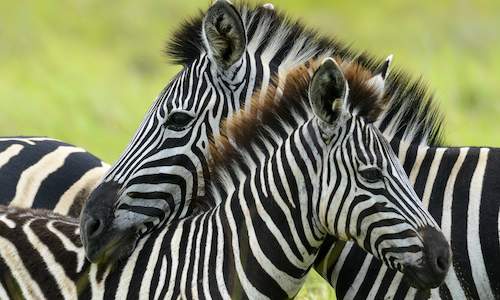
Name
Southern African Hedgehog (Atelerix frontalis)Appearance
The hedgehog is characterised by the numerous sharp spines covering their backs that protect them against predators in the wild found in South Africa. Their total body length is 200 mm and they have short tails that are 20 mm in length. Hedgehogs are insectivores.Hedgehog Diet
Being mainly insectivores, hedgehogs will also sometimes include various fungi and vegetable matter into their diets. The hedgehog mainly prefers to eat insects such as beetles, termites, grasshoppers and slugs that are indigenous to South Africa. They are also known to sometimes prey on young rodents, smaller birds’ eggs, newly hatched chicks, frogs and lizards.Hedgehog Breeding
The breeding season for the hedgehog in South Africa is between the months of October and April. The hedgehog rears their young in small burrows or nests covered with leaves or any debris found in their habitat. The gestation period for hedgehogs are from five to six weeks long and they can produce a litter of between one to nine babies.
The baby hedgehogs are born hairless, blind with their ears closed and they are weaned for about five weeks. The spines of the baby hedgehog are already visible beneath their skin and start to appear after the first day of birth. Between four to six weeks, the infant spines are replaced with mature spines.
 Learning about the mammals of South Africa is now so much easier for all South Africans - SouthAfrica.co.za is an excellent source of inform...
Learning about the mammals of South Africa is now so much easier for all South Africans - SouthAfrica.co.za is an excellent source of inform...